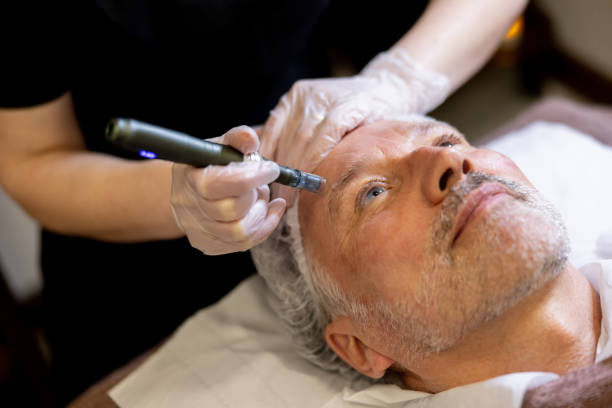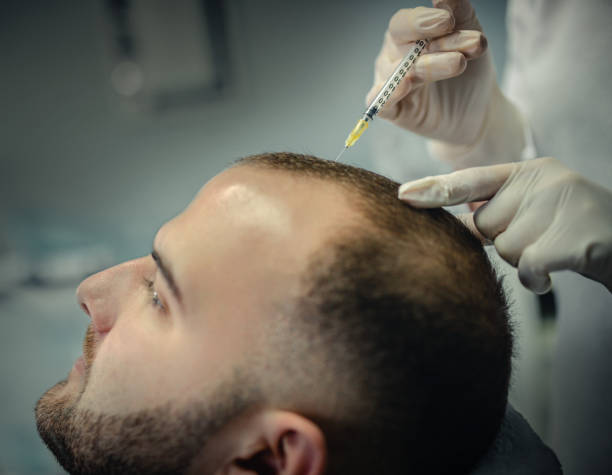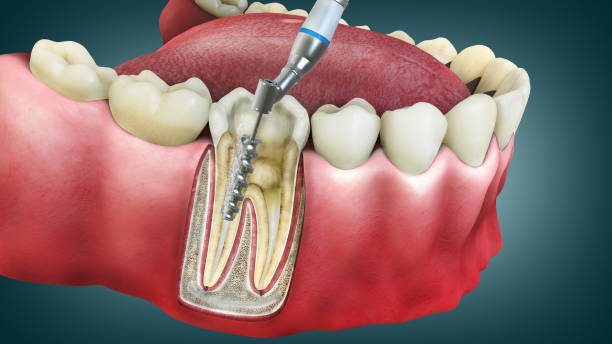 Get SEO-Optimized Articles – Written for Humans, Loved by Google!
Get SEO-Optimized Articles – Written for Humans, Loved by Google!
Rhinoplasty: A Comprehensive Guide to Nose Reshaping Surgery
Written by salmaa ajaib » Updated on: November 19th, 2024

Rhinoplasty, commonly known as a nose job, is a surgical procedure designed to reshape and enhance the appearance of the nose. This procedure, which can also address functional issues, is one of the most popular and transformative cosmetic surgeries available today. Whether motivated by aesthetic desires or medical needs, Rhinoplasty in Islamabad offers a unique opportunity to improve both the form and function of the nose, significantly impacting a person’s self-esteem and quality of life.
Understanding Rhinoplasty
Rhinoplasty is a surgical procedure that modifies the shape, size, and structure of the nose. This surgery can be performed for various reasons, including improving the appearance of the nose, correcting birth defects, repairing injuries, or resolving breathing difficulties. The procedure is tailored to each patient’s specific needs, making it a highly individualized form of surgery.
Cosmetic rhinoplasty focuses on enhancing the nose's appearance by addressing issues such as a prominent bump on the nasal bridge, a bulbous or drooping nasal tip, wide nostrils, or asymmetry. Functional rhinoplasty, on the other hand, aims to correct internal nasal structures that may be causing breathing problems, such as a deviated septum or nasal valve collapse. In many cases, both cosmetic and functional goals can be achieved in a single surgery.
Types of Rhinoplasty
Rhinoplasty can be approached in two primary ways: open rhinoplasty and closed rhinoplasty.
Open Rhinoplasty: In open rhinoplasty, the surgeon makes an incision across the columella, the narrow strip of tissue between the nostrils. This incision allows the surgeon to lift the nasal skin and gain better access to the underlying structures of the nose, providing greater visibility and control during surgery. Open rhinoplasty is often preferred for more complex cases that require significant reshaping or reconstruction. The scar from the incision is usually small and fades over time.
Closed Rhinoplasty: In closed rhinoplasty, all incisions are made inside the nostrils, which means there are no visible scars. This approach is less invasive and generally involves a shorter recovery time. However, it offers the surgeon less visibility and access to the nasal structures, making it more suitable for less extensive modifications.
Another specialized form of rhinoplasty is revision rhinoplasty, which is performed on patients who are dissatisfied with the results of a previous nose surgery or who have experienced complications. Revision rhinoplasty is often more challenging due to scar tissue and changes in the nasal anatomy from the previous surgery.
Reasons for Rhinoplasty
Individuals may seek rhinoplasty for a variety of reasons, which can be broadly categorized into cosmetic and functional motivations.
Cosmetic Rhinoplasty: Many people choose rhinoplasty to enhance their facial aesthetics. Common concerns include a nasal hump, a drooping or bulbous tip, wide or narrow nostrils, or overall asymmetry. A well-executed rhinoplasty can create a nose that is in better harmony with the rest of the face, improving the overall balance and symmetry of the facial features. This can lead to a significant boost in self-confidence and self-esteem.
Functional Rhinoplasty: Functional rhinoplasty is performed to correct structural issues within the nose that impair breathing. Common problems addressed by functional rhinoplasty include a deviated septum, nasal valve collapse, and enlarged turbinates. By correcting these issues, functional rhinoplasty can improve airflow through the nose, alleviating symptoms such as chronic nasal congestion, snoring, and sleep apnea.
The Rhinoplasty Procedure
Rhinoplasty is typically performed under general anesthesia, although local anesthesia with sedation may be used for less extensive procedures. The surgery usually takes one to three hours, depending on the complexity of the case.
During the procedure, the surgeon carefully reshapes the nasal bones and cartilage to achieve the desired outcome. This may involve removing or adding bone or cartilage, refining the nasal tip, narrowing the nostrils, or straightening a deviated septum. Once the necessary changes have been made, the incisions are closed, and the nose is supported with an external splint to help maintain its new shape during the initial healing period.
Recovery and Aftercare
Recovery from rhinoplasty varies from patient to patient, but most people can expect some swelling, bruising, and discomfort in the days following surgery. The external splint is usually removed after about a week, and most patients can return to work and light activities within two weeks.
However, it’s important to note that the full results of rhinoplasty may not be visible for several months, as the swelling gradually subsides and the nose settles into its new shape. Patients are advised to avoid strenuous activities and any potential impact to the nose during the healing process to ensure the best possible outcome.
Risks and Considerations
As with any surgical procedure, rhinoplasty carries certain risks, including infection, bleeding, scarring, and complications related to anesthesia. There is also the possibility of dissatisfaction with the aesthetic results, which may necessitate revision surgery. To minimize these risks, it is crucial to choose a board-certified plastic surgeon with extensive experience in rhinoplasty.
It is also important for patients to have realistic expectations about the outcome of their surgery. While rhinoplasty can produce significant improvements in appearance and function, it is not about achieving perfection. A thorough consultation with the surgeon will help align the patient’s expectations with what is realistically achievable, leading to a more satisfying result.
Conclusion
Rhinoplasty is a powerful procedure that can enhance both the appearance and functionality of the nose. Whether the goal is to achieve a more balanced and harmonious facial appearance, correct breathing problems, or both, rhinoplasty offers a personalized solution tailored to each patient’s unique needs. With the right surgeon and a commitment to the recovery process, patients can enjoy long-lasting, life-changing results that boost their confidence and quality of life.
Note: IndiBlogHub features both user-submitted and editorial content. We do not verify third-party contributions. Read our Disclaimer and Privacy Policyfor details.
Copyright © 2019-2025 IndiBlogHub.com. All rights reserved. Hosted on DigitalOcean for fast, reliable performance.













